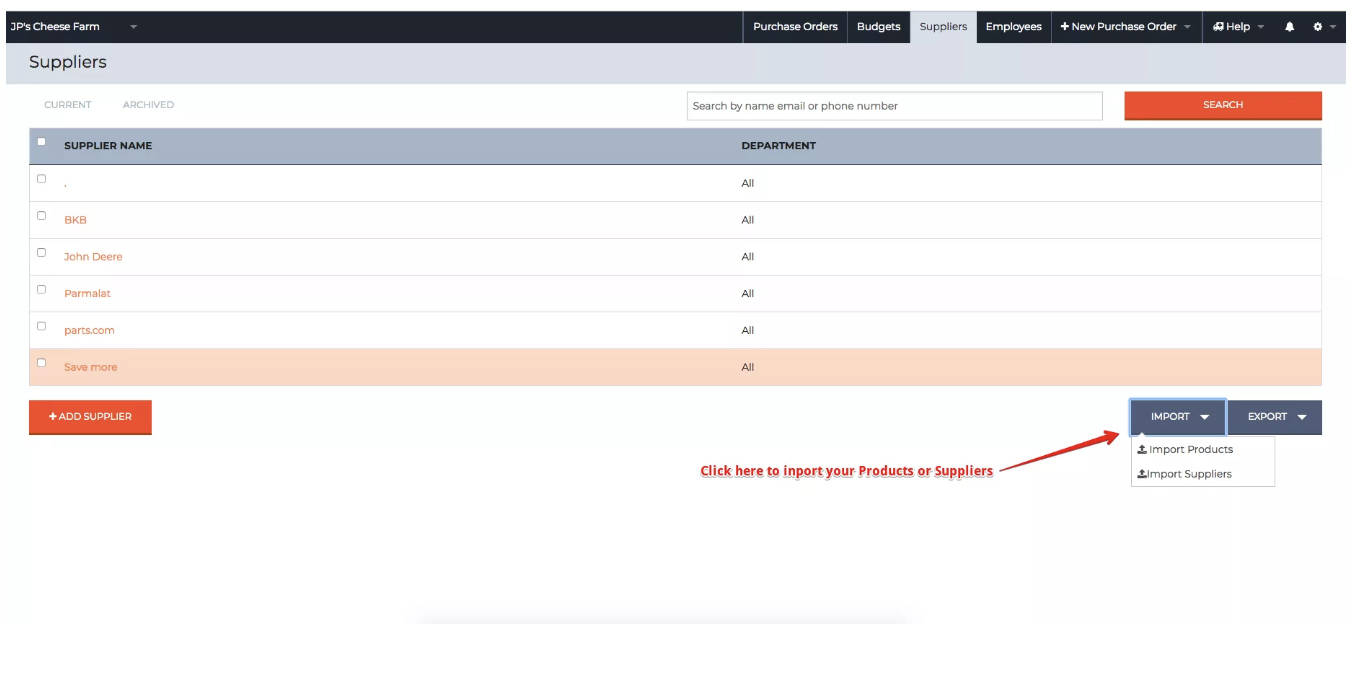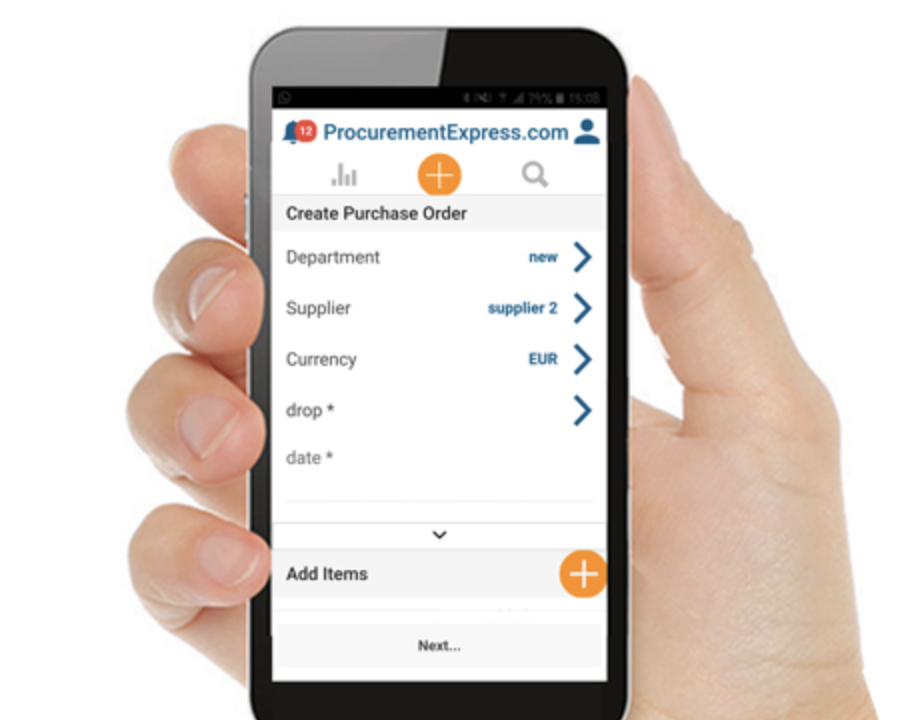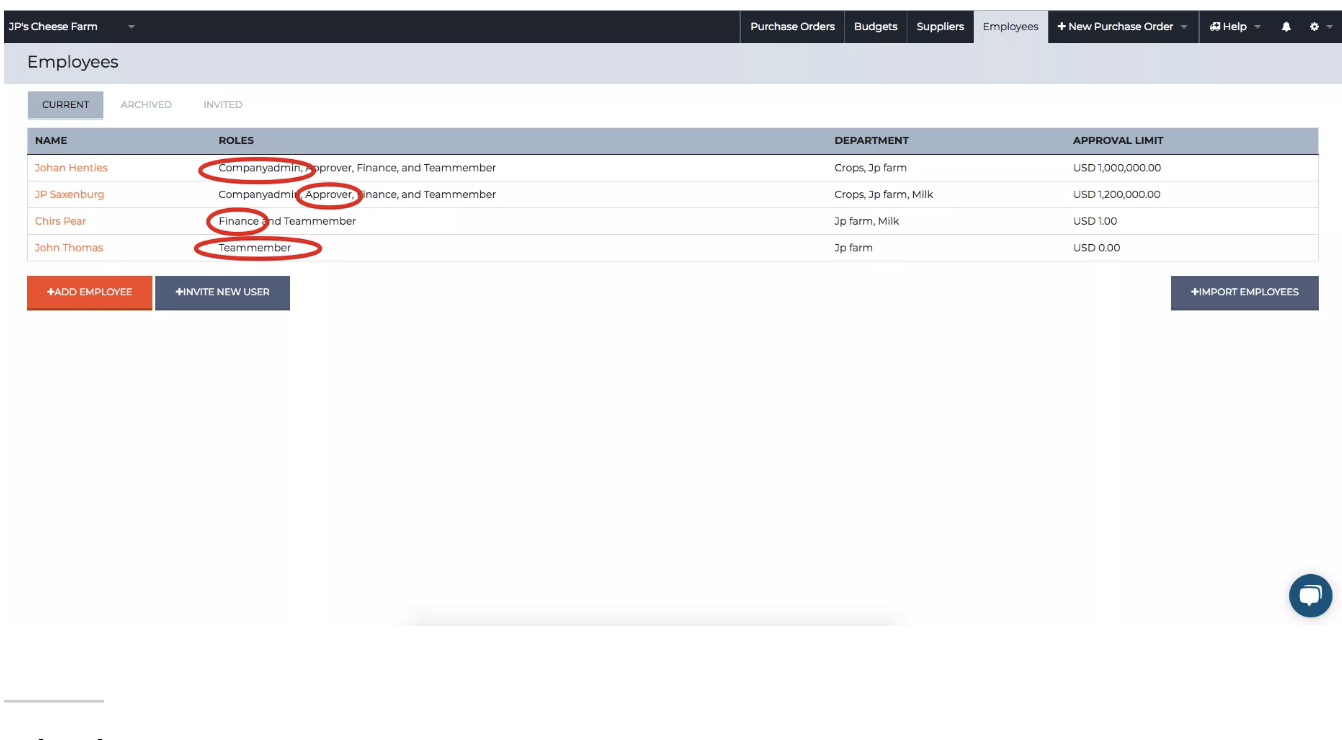
We’ve heard it all before.
Paper recordkeeping is more secure. You worry you might need to keep a physical copy, you know, just in case. Paper records are a precaution against failure or they’re somehow more legit than their cloud-based counterparts. However, it may be time to challenge these long-held notions about the analog.
Paper has its place, sure.
We love physical books, the act of thumbing through a magazine, and handwriting a to-do list. But construction procurement teams are better off going digital where purchase orders are concerned.
In the e-procurement industry, we see it all the time. Teams continue to struggle with paper recordkeeping, even though digitizing makes things much easier.
It doesn’t matter if it’s fear of change or the dread of implementing a new order policy, it’s time to say goodbye to paper purchase orders once and for all.
Here’s why some habits are well worth breaking.
[content_upgrade cu_id=”4032″]Making the switch to digital doesn’t need to be hard–download your copy of your checklist for getting started in the cloud.[content_upgrade_button]Click Here[/content_upgrade_button][/content_upgrade]
Electronic RecordKeeping Isn’t as Scary as You Think
Look, we get it. Change is hard.
But it’s time to face the music. Without a central PO system, teams risk making errors, lost orders, and lack of oversight—all of which can cost you money and time. You’ll also end up dealing with excessive documents and big budgeting headaches.
Electronic records do seem risky if you’ve been doing things manually all along. But digital recordkeeping is more secure than keeping your files in a file cabinet. While you will need to do your due diligence when looking for cloud-based providers, digital records are backed-up, fireproof, flood proof, and password protected.
Some companies worry that digital records are somehow less binding than paper.
This idea of the dangers of digital has been drilled into us. But these days, digital documents provide just as much legitimacy as their physical counterparts. Even in the case of a government audit or a courtroom dispute, your digital records will be sufficient documentation.
Manual Order Processes Lead to Inefficiencies
If your construction team is using manual POs to place orders, you’re likely creating excessive documents. Best-case scenario, a company trying to do things by the book will produce requisitions, the PO, quotes, acknowledgments, packing slips, invoices; the list goes on. And that’s a lot to keep track of—for every purchase.
On the other end of the spectrum, we hear from construction teams who email orders to vendors without creating an official PO; others call in a request or keep track of documents on an Excel sheet.
Both ways of doing things won’t cut it anymore. The organization using too many documents creates extra work for office staff, as they’ll be tasked with data entry, document management, and a big headache when it’s time to design a budget or conduct an audit. Those who don’t have a procedure in place put themselves at risk.
For one, there’s no visibility into spending. You might find that projects keep going over budget, as you’re unable to track expenditures against goals. It’s also important to remember that POs are a legally binding document. These documents set clear terms and conditions for an order before the vendor starts putting it all together. On the client side, POs function as a protection against price hikes or other last minute changes.
A digital procurement solution like ProcurementExpress.com allows you to create POs from any device and automatically routes the request to an authorized approver.
From there, the order is forwarded to the vendor, and a record is created. Because all purchase orders are assigned to a budget, approvers can review spending histories before passing it along to the vendor.
Preloading your contact data–from employees to vendors–is another way to streamline your process. The image below looks at the process of adding suppliers to your digital purchasing software.

Paper POs Are Prone to Errors
In addition to being inefficient, paper purchase orders are also less accurate than digital. See, handling orders manually means you’re looking at a lot of data entry—translating handwritten numbers into a spreadsheet or rekeying the same data a few extra times.
Just one moment of inattention can lead to big mistakes, even on a team filled with cautious, detail-oriented workers. What’s more, the cost of manual data entry can eat into your budget. You’re paying workers to perform a redundant process prone to processing errors.
When you add a digital solution to your process, form fields auto-populate. Our software allows you to input all of your line items—complete with pricing and associated vendor. As such, data entry becomes more accurate and you’ll get through the boring stuff faster. In the image below, you’ll notice that creating a PO in ProcurementExpress.com is reduced down to a simple process on your mobile phone.

Document Loss is a Concern
And then, there’s the issue of lost order forms. If your team is anything like the example given above, then you’re dealing with about eight documents for each order. And, we don’t need to say it—construction teams place a lot of orders. Between the nuts, the bolts, the concrete, the windows, and the miscellany—that’s a whole forest of paper.
As such, you’re likely making major archiving mistakes. This can be a problem as you might need to prove the products and services delivered match the invoice.
Without it, you won’t catch invoicing errors or be able to dispute problems with delivery. Down the road, your system may be riddled with these little inaccuracies, which can affect your budget and make it harder to reconcile your books.
Add these little problems to the fact that construction teams deal with an awful lot of variables. You’re looking at multiple projects across multiple locations with orders coming from several different people. Juggling a stack of papers for each order is nearly impossible.
No Official Workflow Will Slow You Down
Routing also has the potential to save on paper. For example, when someone creates a purchase order that needs a signature, they create the document, print it, and hand it off to the approver.
Or, the originator generates a PO and the signer prints, signs, and scans. And outside of the added printing and scanning steps, someone needs to save the document and forward the order to the vendor for processing.
Automated processes, by contrast, take these functions and pull them into a central hub. Someone creates an order, then the system notifies and reminds the approver. Once everything is ready, the document is processed and sent off to the supplier.
To set up approvers and spending limits in ProcurementExpress.com, you’ll head to the employees tab and add all relevant parties. From there, you can set custom approval limits and establish your workflow.

Final Thoughts
[bctt tweet=”Digital procurement is about more than ordering, it’s a strategic function that can make or break your ability to turn a profit—and as such, construction teams should make the switch from paper to digital top priority.” username=””]
The purchase order process is essential for construction companies, especially given the sheer volume of orders spanning multiple projects and sites. Developing and maintaining a digital ordering system with controls in place can make it far easier to stick to a budget, keep an audit trail, and improve supplier relations. Plus, going digital has the added benefit of allowing companies to ditch the file cabinet once and for all.
Get Top Rated Purchasing Software & Replace The Purchasing Book.



